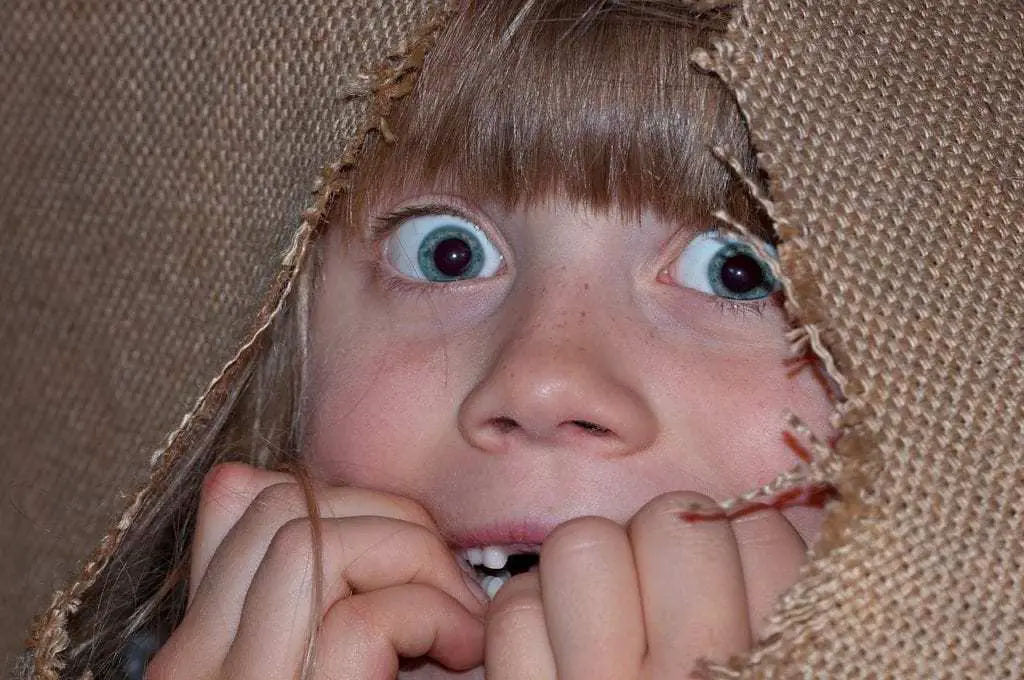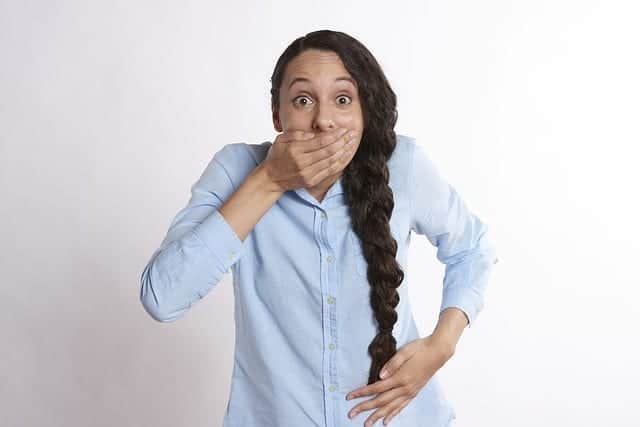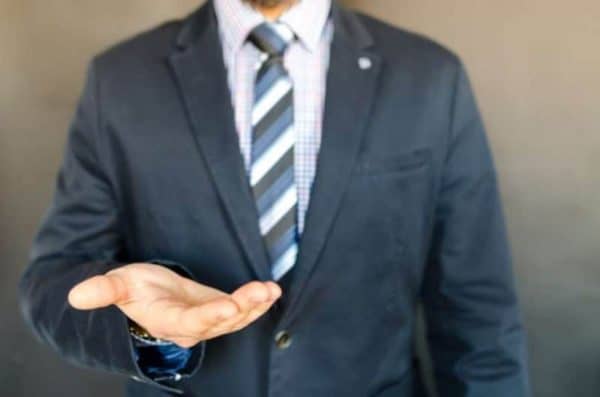Body Language and Gestures – 5 Great Tips for More Effective presentations
Introduction to Body Language / Mannerisms/ Gestures
Body language in simple terms can be explained as those nonverbal signs we give off in our day-to-day communication with one another. This can range from anything from facial expressions to simple body movements, small but crucial subconscious actions that make up much of our non-verbalized interactions.
Language and communication experts have even noted that body language makes up about 55 to 70 percent of all kinds of communication.
When we communicate with our body language and gestures, we ought to watch out for the subtle hints we give off and receive to each other on a nonverbal basis.
Many people are pressed by the need to learn how they can effectively read or study body language. To do so, let us break it up in three categories.
· Body Language Category I: Facial Expressions
Researchers have stated that there are seven universally recognized small facial gestures that every person makes when they feel are intensely emotional.
Most times, these emotions are magnetic or contagious when we are observing the face to understand a person’s emotions. We are often able to decode what a person is feeling by looking at the expressions on his or her face.
Example of a Surprise & Anger Facial Expression:


Body Language Category II: Proxemics
Body Proxemics refers to a term that explains how our body moves around in space.
Most times, we are subconsciously and continuously watching how a person moves or walks across a room. This then forms the basis of how to interpret body communication.
Body movements will often tell us about someone’s personality, whether they are confident or nervous.
Let us see an example of a man exuding confidence below

· Body Language Category III: Clothes and Accessories
The clothes, accessories, and hairstyles we wear are all extensions of our body language.
Certain styles and fashion sense send signals to others, on how we view the world. Societal class is also perceived by the type of clothes and ornaments we have on.
You can also tell if s person is anxious by how they twitch around with their hair or how often they check their watch.
When I look at the picture below, a boy who just graduated taking a picture – memory keeping. One important phase of life has just passed, he’s proud and happy for crossing that milestone.

Nonverbal Communication And Gestures
When it comes to nonverbal communication and gestures, there are a thousand and one ways by which an individual can communicate using simple facial expressions.
On the one side, a person with a frown can be perceived of as being in state unhappiness or displeasure while on the flip side, smiling face or a laugh can be an indication of a state of happiness and elation.
For the most part, the simple expressions our faces carry at a time, often reveal some of our innermost feelings at a particular period, so much so, it becomes difficult and almost impossible to conceal them.
The feelings of excitement, happiness, sadness, anger, disgust, desire, lust, confusion, fear, anxiety, surprise are barrages of emotions that all could be expressed through facial expression.
A person’s facial expression makes it easier for one to believe or trust what a person might be saying.
A study found out that one of the best ways to know if a person is trustworthy is through a smile and slightly raised eyebrows. This facial expressions, the researchers believe, conveys to some extent an aura of confidence and friendliness.
Facial expressions are among the most universally recognized forms of body language. All facial expressions of happiness, anger, fear anger and sadness, are by and large the same across the world.
Some researchers have even suggested that we can make sound judgments on a person’s level of intelligence by their facial expressions.
Another study also found out that people with chiseled faces could easily pass off as being more intelligent and impressionable. Same for those found exhibiting smiling and happy gestures, being perceived as being more intelligent than those with sterner facial looks.
Below are a couple of ways our facial and body expressions convey messages to a close observer
1. Movement Of The Eyes
The eyes are capable of revealing a lot about what a person is experiencing at a given period.
When you engage in conversation with another person, be bound to subconsciously take note of the movements of the eyes as a natural and essential part of the whole communication process.
What you might find interesting is just how much the movement or action of the eye could say about the emotions of such a person.
Below are such movements a person makes with the eye that explain a lot about their present state:
- Blinking of the eyes: When the eyes blink more sporadically, this might indicate that such a person is uncomfortable or in a state of distress.
Spontaneous blinking is also a natural reflex mechanism to defend against intrusion to the eyes. For example, a person’s pupil will dilate on a very windy day to avoid having dust or tiny debris from getting into his/her eyes.
- Gazing: When one looks you directly in the eyes as you engage in a conversation, it shows the person has a keen interest in the topic and that they are paying close attention.
Long gazes over an extended period, in many cases, could either a strong admiration or attraction, especially with the opposite sex or could pose as threatening.
On the flip side, when a person breaks off eye contact, it could mean the person is either uncomfortable, shy, or has low self-esteem.
- Color of the Eyes: The color of one’s eyes has been a strong telltale sign of what a person is feeling. For instance, it has been a longstanding practice by many doctors to look at the eyes when making a medical examination of a patient.
It is common to find a pale eye color as an indication of illness or blood shortage. On a more general note, swollen red eyes could mean a person has been crying or experiencing an itch.

- Dilation: Light conditions in a particular location can affect how pupils dilate.
When the light is too bright, a person tends to squint the eyes to avoid the direct stream of light beams from getting into the eyes.
Highly dilated eyes too, for instance, may also indicate that a person is being flirtatious, or even afraid of something.
2. Nose or nostrils
The nose or activities around the nostrils are not left out as an indication of what a person is feeling at a particular time. For instance:
- Runny Nose: A runny nose may show that a person has catarrh or might have been crying.
- Snorting or Sniffing: If a person is snorting or sniffing continuous and uncontrollably, it could either be an indication such a person has got a cold or the flu.
A snorting nose could also mean such an individual is a drug addict and itching for the next fix.
3. The Mouth
Mouth expressions are a great way to read body language. For instance, a person covers the mouth when coughing or yawning indicates a level of politeness or might be a bid to cover up a contemptuous smirk or laughter.
A person smiling or grinning may be interpreted as being genuine, and it can also be used to express a false pretext, sarcasm, or even cynicism.
Always pay attention to the following: teeth, tongue, and lip signals when trying to decode body language:
- Yawning: Yawning shows that an individual is either tired or hungry
- The angle of the lip: When a person’s mouth is slightly turned facing up, it might show that such a person is happy or feeling optimistic. However, when one’s mouth is slightly reversed downwards, can indicate a feeling of sadness, hopelessness, or tiredness.
- Teeth Gnashing: Gnashing of the teeth could in one part be a bad habit or could also indicate anxiety or a state of boredom
- Licking of the lips: In popular culture, it is seen as an art of seduction, most familiar with men.
- Blocking of the mouth: An act of politeness when yawning, sneezing, or coughing. Can also be used cover up a contemptuous smirk or laughter.

4. Body Gestures
The Fingers
- A thumbs up and thumbs down often express feelings of approval and disapproval.
- A clenched fist might indicate strength or solidarity. It could also be a threat sign when pointed at a person.


Neck
- Cracking of the neck is a sign that a person is tired and in need of rest
- Twisting of the neck is a popular mythology indicating intense sexual arousal in women.
Arms
- If a person is frequently tapping his or her fingers. It might show that the person might be anxious, impatient, or bored.
- Stretching of the arms above the head will most certainly indicate that the person is tired.
- Crossed arms might give off a confident composure, or a might mean the individual is putting up a defensive gait.
When the arms are across behind, it could indicate tiredness or boredom.
- Standing with arms akimbo is also an expression of confidence and that such a person is in control.
- If a person sits with his palm supporting his or her chin, such a person might just be lost in thoughts or might show be a sign of indifference, especially when in a meeting.
Legs
- If a person is continuously playing/fidgeting his or her legs, this indicated uneasiness and impatience.
- Crossed legs might show class and sophistication, rapt attention or disposition, especially in an informal meeting or gathering.
How To Read People’s Body Language
There are typically two key ways of reading the body language of others. One is encoding, and the other is decoding
- Decoding: Decoding is your ability to read cues that others give off.
It is a great way by which one can interpret hidden emotions or the truest feelings, personality arch type, read information by merely studying the gait and disposition of others.
- Encoding: Encoding is simple, a person’s ability to send cues or hints to other people.
People are able to manage and control personal branding effectively through this approach. This is usually the first impression a person gives off and how good or bad a person makes other people feel when they are around them.
Importance Of Body Language In A Presentation (How it makes or breaks your presentation)
It is no news that when it comes down to presentations, a good amount of body language not only helps you communicate better, they also make you appear confident, gives a great poise and sets you apart.
- Body language possesses the power to make us either succeed or fail in our public presentations. Success comes when we learn to watch and put our body language to proper use, or we set ourselves up for failure when we let our body language dictate or get the better of us.
2. As we rehearse our speeches, it is always essential that we also work on our body language. This gives us a heads-on start to the day of the actual presentation so that on the D-day, we are already halfway through being comfortable and at home with our presentation.
A relaxed and confident mind is all we need to ace our presentation!
3. There are usually two things involved when it comes down to body language in presentations. First is your own body language, and then there is that of your audience.
Learning to read the audience’s reaction to your presentation is critical to allow you to adjust when needed and ensure you keep the audience entertained and engaged.
In order to achieve this you need to also master the art of eye contact, please go through these solid tips to help you better establish eye contact with the audience, here’s the article.
4. The key to communicating with the best body language is to first believe in what you are speaking about.
You must carry yourself in such a reassuring way that displays firm conviction on the subject.
An audience can immediately perceive weak confidence, and when this happens, the credibility of your presentation will automatically be in question.
So the clue here is being yourself, believing in your idea/topic, and making the audience feel all that.
Check out additional tips to help you speak confidently in front of others on this related article.
5. Body language habits that would be better to avoid like turning your back on the audience, strutting around too much or perching behind a desk.
Showing aggressiveness or beating your fingers are also bad for your presentation.
CONCLUSION
Understanding body language and mannerisms, and learning to leverage this knowledge to improve the effectiveness of your presentations is a great way of spending your time.
Those who can convey the right messages with their body, in line with their speech, and showcase confidence and enthusiasm while speaking, have a better chance of being remembered long after the speech is done.
Note that people are almost constantly emitting some form of ‘message’ even when they are apparently ‘just’ sitting and doing nothing. If you can manage to read ‘boredom’, ‘confusion’, ‘curiosity’, ‘excitement’, or ‘surprise’ from the nonverbal signals that your audience is giving off, then you are much more equipped to spice up the presentation, break the ice, do something unexpected, or even keep giving more details about the point where you noticed curiosity and confusion.
REFERENCES & FURTHER READING
HelpGuide. What is Body Language? https://www.helpguide.org/articles/relationships-communication/nonverbal-communication.htm . Accessed on 08/10/2019.
Kendra Cherry. Understanding Body Language and Facial Expressions. https://www.verywellmind.com/understand-body-language-and-facial-expressions-4147228 . Accessed on 08/10/2019.
Mind Tools Team. Body Language – Picking up and Understanding Nonverbal Signals. https://www.mindtools.com/pages/article/Body_Language.htm . Accessed on 08/10/2019
Additional Links:
https://www.scienceofpeople.com/body-language/
https://presentationskills.me/body-language/
https://www.verywellmind.com/understand-body-language-and-facial-expressions-4147228








